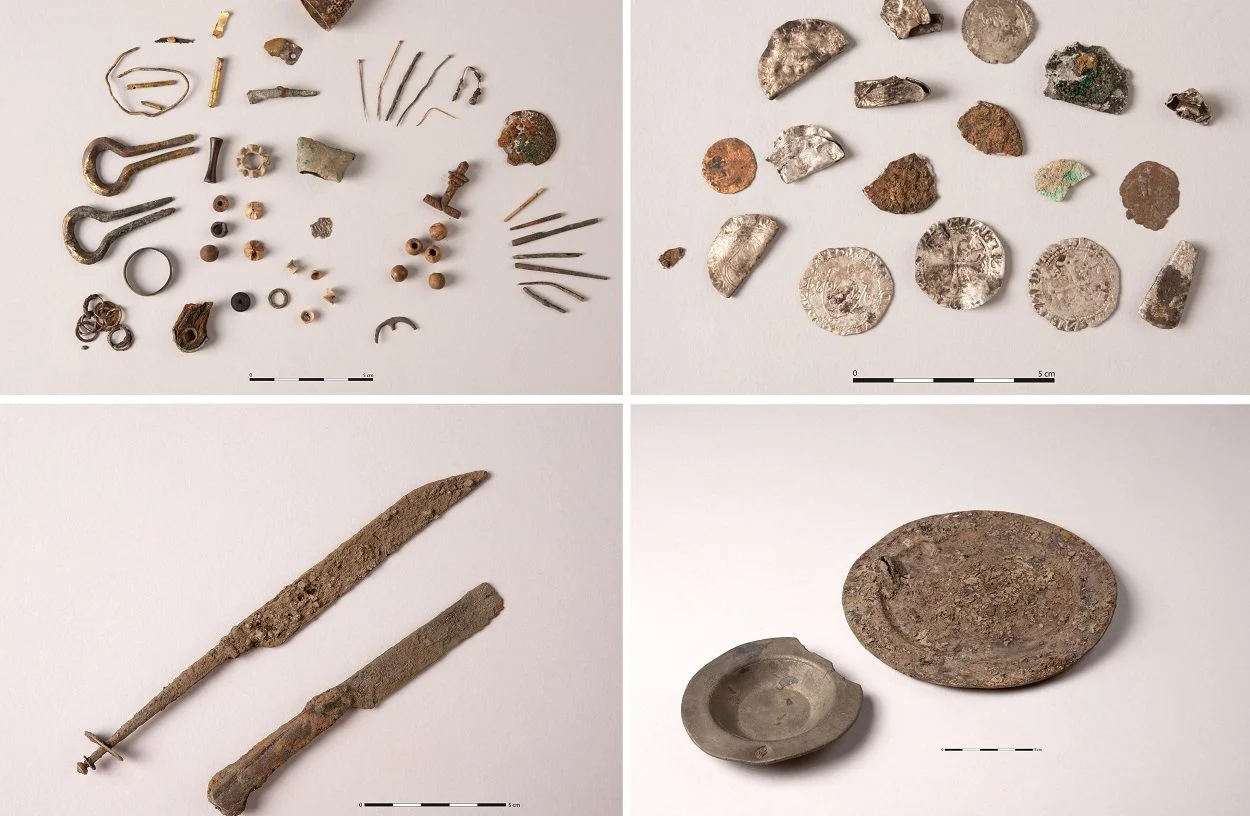Excavations at the Château Lagorce, a former 18th century private mansion in Vannes has revealed traces of the town’s medieval castle.
Vannes is located in the Morbihan department of Brittany in north-western France. In medieval times, the town served as the centre of a principality or kingdom recognised as Bro-Wened (“Vannes”) or Bro-Ereg (“land of Gwereg”).
Recent excavations by archaeologists from the National Institute for Preventive Archaeological Research (Inrap) have found traces of the towns medieval castle in preparation for the development of a fine arts museum.
As part of the first phase of excavations, the researchers have conducted a study of the mansion’s courtyard where they uncovered two stories of the castle’s defensive wall and a moat, located at a depth of 13 feet beneath street level.
– Advertisement –
The castle was built around 1380 by Jean IV who held the titles of Duke of Brittany and Count of Montfort from 1345, and the 7th Earl of Richmond from 1372. Known as the Château de l’Hermine (Castle of Hermine), the castle was constructed to assert the Duke’s central authority over his duchy and the town of Vannes.

According to Inrap, the surviving stonework suggests that the castle had three to four floors and several staircases, one of which has been described as “remarkably preserved”. The team also found markings on several worked stones that the workers used to follow a building, and architectural features such as the latrines and drainage pipes.
A search of the latrines has also revealed traces of castle life from the 15th and 16th centuries, including coins, knives, tiles, wooden bowls, kitchen utilities, and several pieces of jewellery. Due to the conditions of the soil, objects such as items of clothing, shoe buckles, pins, rings, and a ball padlock have also survived.
Excavations have also uncovered a mill connected to the residential part of the castle, where a large water well was powered by water passing through a canal, and remnants of a bridge that connected the castle to the town.
Header Image Credit : Emmanuelle Collado, Inrap
Sources : Inrap
– Advertisement –

